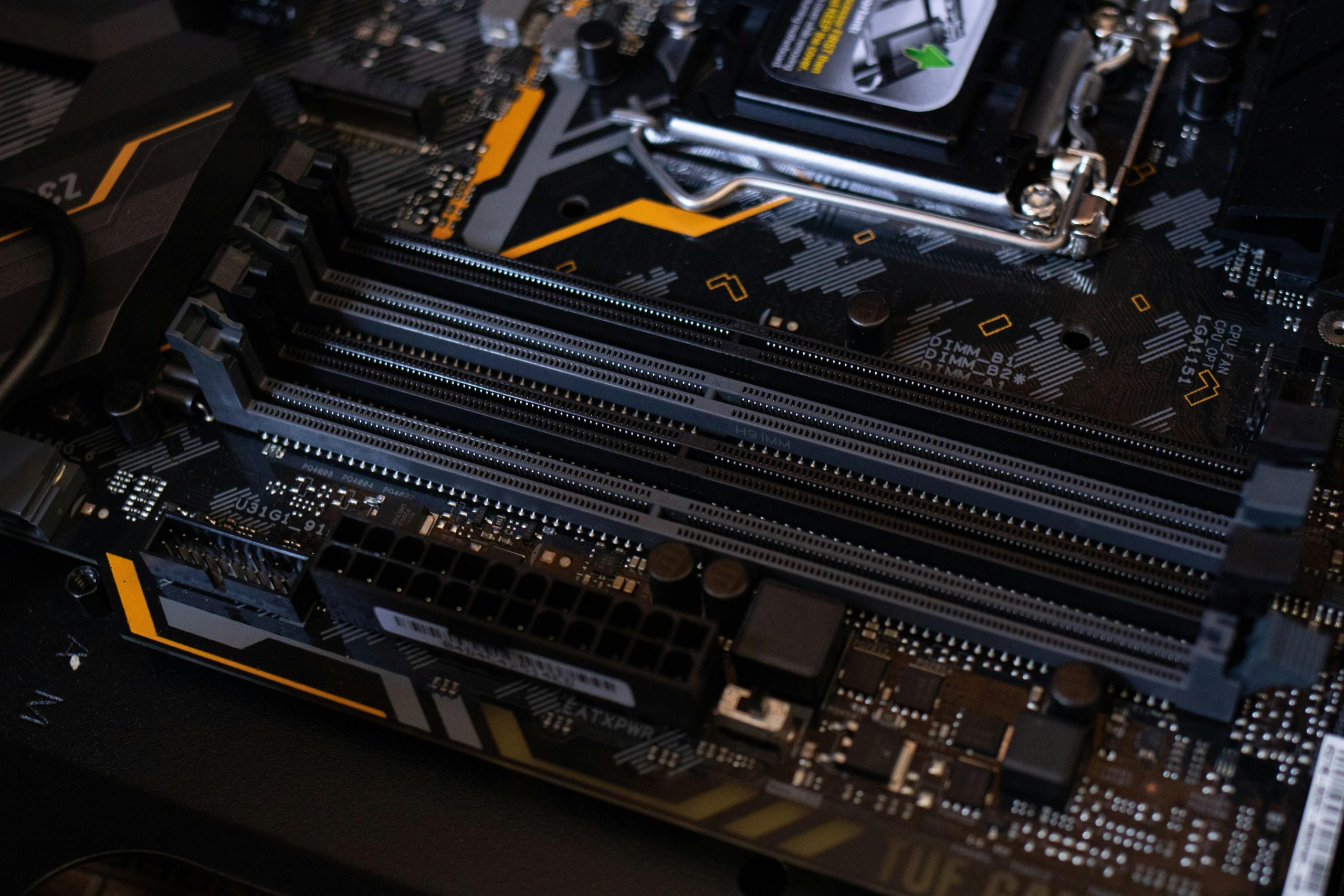Understanding and Resolving the “Your Computer Appears to Be Configured Correctly but the DNS Server Is Not Responding” Error
In today’s digital age, a stable internet connection is essential for both work and leisure. However, encountering issues such as the message: “Your computer appears to be configured correctly but the device or resource (DNS server) is not responding” can be frustrating. Despite being able to browse the internet and enjoy online gaming, intermittent disconnects may still occur, leading users to wonder about the underlying cause.
In this article, we will explore the nature of DNS-related connectivity issues, common reasons behind them, and effective troubleshooting steps to restore a stable internet connection.
Understanding the DNS Server Issue
The Domain Name System (DNS) functions as the internet’s phonebook, translating website names into IP addresses. When there is an issue with the DNS server, your computer cannot resolve domain names, which can lead to connection problems even if your network appears to be functioning properly.
The specific message—“Your computer appears to be configured correctly but the device or resource (DNS server) is not responding”—typically indicates that while your network settings are correct, your system cannot communicate with the DNS server to resolve domain requests.
Common Causes of DNS Server Connectivity Issues
Several factors can contribute to DNS server not responding errors:
- Problems with your ISP’s DNS servers: Sometimes, the DNS servers provided by your Internet Service Provider (ISP) may be experiencing issues.
- Network configuration issues: Incorrect network settings, such as IP configuration or DNS addresses.
- Firewall or security software interference: Security software may block DNS traffic.
- Outdated or corrupted network drivers: Network adapters that are not functioning properly can cause connectivity issues.
- Router or modem issues: Hardware problems or misconfigurations can disrupt DNS resolution.
Troubleshooting Steps to Resolve DNS Issues
Here is a systematic approach to diagnosing and fixing DNS server problems on a Windows 10 system:
1. Verify Network Connection
Ensure your internet connection is active. Since you can browse and play games, your network connection is likely operational, but confirm this by checking your network icon and running a quick ping test.
2. Flush DNS Cache
Corrupted DNS cache can sometimes cause resolution problems.
- Open Command Prompt as Administrator.
- Enter:
ipconfig /flushdns - Press Enter.
This clears cached DNS records, forcing your system to fetch fresh data.
Share this content:



